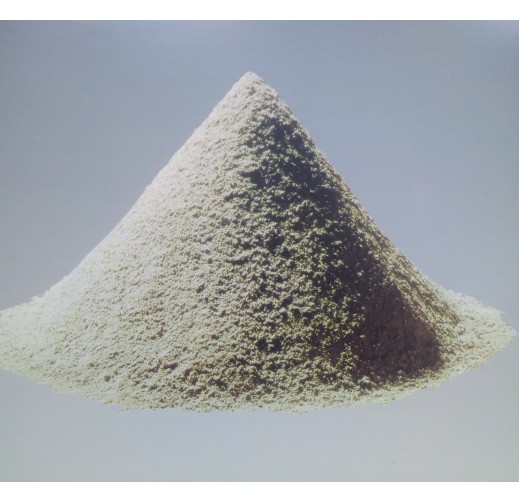Soil Hardening Agent STEIN

SPEC COMPANY LIMITED
Sales and Marketing department of Soil Hardening Agent STEIN
Technology / Service Summary
The soil hardening agent STEIN is made by adding only 5% of 27 types of inorganic compounds to ordinary Portland cement to firmly bond the potential of soil particles, making it possible to construct roads and irrigation, and because 90% of the soil is used as site soil, it is low carbon paving technology.
Purpose
STEIN was developed in 1975 as a hardening technology that prevents harmful substances such as mercury and hexavalent chromium from leaching out, but it is now used to harden soil, which is also made of inorganic substances, and construct roads and other infrastructure.
Feature
Since 90% of the hardened structure is made of soil, it takes advantage of the texture of the soil at the site, and is strong enough to handle vehicle traffic, with little erosion or cracking caused by rain.
Effect
Because the structure is hardened using on-site soil, carbon dioxide emissions can be reduced by 90% compared to concrete pavement.
Controlled Substance
Reference
Applicable Regions / Countries
- Japan
- Southeast Asia
- Central/South Asia
- China/ East Asia
- Middle East
- Africa
- Oceania
- Europe
- Central/South America
- ASEAN countries
Indonesia,Cambodia,Singapore,Thailand,Philippines,Brunei Darussalam,Viet Nam,Malaysia,Myanmar,Lao PDR
Locations for inspection
Farm road constructed with Ministry of Water Resources and Meteolorogy in Cambodia
Water ways constructed with Ministry of Irrigation and farmers organization in Sri Lanka
Water ponds constructed in Kenya
Access road of Kalobeyei refugee settlement in Kenya
Related SDGs Goals
- 6. Clean Water and Sanitation
- 11. Sustainable Cities and Communities
- 13. Climate Action


